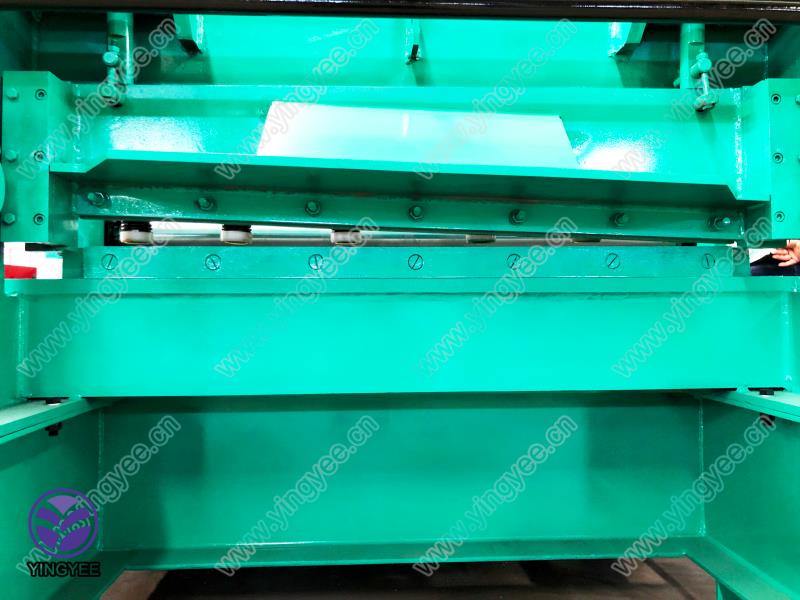
The Rise of Metal Stud Framing Machines in Modern Construction
In the ever-evolving world of construction, the demand for efficiency and precision has led to the adoption of advanced technologies. Among these technologies, metal stud framing machines have gained significant recognition. These machines are instrumental in shaping the future of construction by enhancing productivity, improving building quality, and contributing to sustainability.
Understanding Metal Stud Framing
Metal stud framing is a construction method that employs steel studs instead of traditional wood for constructing walls, ceilings, and other structural components. Steel studs offer several advantages over wood, including resistance to warping, mold, and pests. This modern technique is increasingly favored in various types of buildings, from commercial and industrial projects to residential homes.
To facilitate the metal stud framing process, builders have turned to specialized machines designed to cut, shape, and assemble metal studs efficiently. Metal stud framing machines automate much of what was once manual labor, resulting in faster construction times and higher accuracy.
Advantages of Using Metal Stud Framing Machines
1. Speed and Efficiency One of the most significant advantages of metal stud framing machines is their speed. These machines can produce metal studs at a rate far superior to manual methods. What once took skilled laborers hours to accomplish can now be completed in minutes, dramatically reducing project timelines.
2. Precision and Consistency Metal stud framing machines are engineered to deliver consistent results. Their automated processes ensure that each stud is cut to the exact dimensions required, minimizing errors that can occur in manual framing. This precision not only enhances the overall quality of construction but also reduces material wastage, leading to cost savings.
3. Flexibility and Customization Many modern metal stud framing machines are equipped with advanced software that allows for customization and flexibility in design. Builders can easily modify specifications to accommodate unique architectural requirements, ensuring that each project aligns perfectly with the vision of architects and designers.

4. Improved Safety Construction sites can be dangerous environments, but the use of machines can help mitigate risks associated with manual labor. Metal stud framing machines reduce the need for workers to engage in repetitive and physically demanding tasks, lowering the likelihood of injuries.
5. Sustainability With increasing awareness of environmental issues, sustainability has become a priority in construction. Metal studs are made from recyclable materials, and the efficiency of framing machines reduces waste. Moreover, steel framing is known for its durability, which translates to longer-lasting buildings that require fewer resources for maintenance and repair.
Challenges to Consider
While the benefits of metal stud framing machines are numerous, some challenges remain. The initial investment in machinery can be substantial, and smaller contractors may find it difficult to offset these costs. Additionally, training is required to ensure that operators can effectively use the equipment, which can lead to temporary productivity dips as workers adjust to new technologies.
The Future of Metal Stud Framing Machines
As construction continues to embrace digital transformation, the future of metal stud framing machines looks bright. Innovations such as robotics and AI integration are on the horizon, promising even greater levels of automation and efficiency. These developments will not only further streamline the construction process but also open new avenues in commercial and residential building.
Moreover, as urbanization continues globally, the demand for efficient construction methods will only increase. Metal stud framing machines are poised to play a crucial role in meeting this demand, ensuring that building projects are completed on time and within budget.
In conclusion, metal stud framing machines are revolutionizing the construction industry. As they become more widespread, their impact will likely be profound—improving efficiency, precision, and sustainability. Whether you are a contractor, architect, or builder, embracing this technology is not just a trend; it is a step towards a smarter and more sustainable future in construction.